Debunking the dubious arguments for not taking action
By Frida Kieninger and Ciara Barry
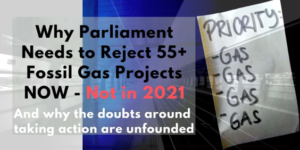 On 12 February, the EU Parliament will vote on the PCI list, a priority list for big energy infrastructure, mostly electricity and gas projects. This list contains over 55 fossil gas projects worth 29 billion Euros. None of these projects are needed to ensure EU energy supply; these unnecessary gas projects would be eligible for millions of EU tax money and funding by the European Investment Bank, and will deepen the climate crisis.
On 12 February, the EU Parliament will vote on the PCI list, a priority list for big energy infrastructure, mostly electricity and gas projects. This list contains over 55 fossil gas projects worth 29 billion Euros. None of these projects are needed to ensure EU energy supply; these unnecessary gas projects would be eligible for millions of EU tax money and funding by the European Investment Bank, and will deepen the climate crisis.
So why is there still reluctance within the Parliament to reject this list?



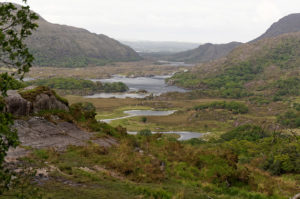
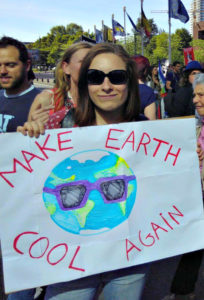
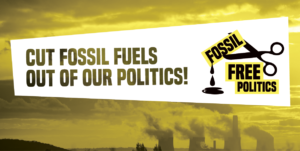
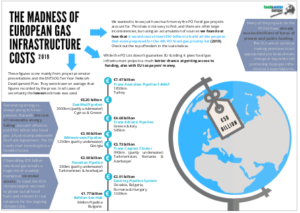 Three infographics show how the “Projects of Common Interest” list is really about serving corporate interests
Three infographics show how the “Projects of Common Interest” list is really about serving corporate interests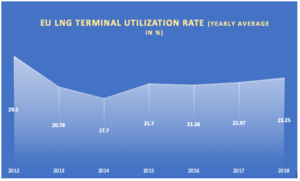 What is a utilization rate, and why does it matter?
What is a utilization rate, and why does it matter?